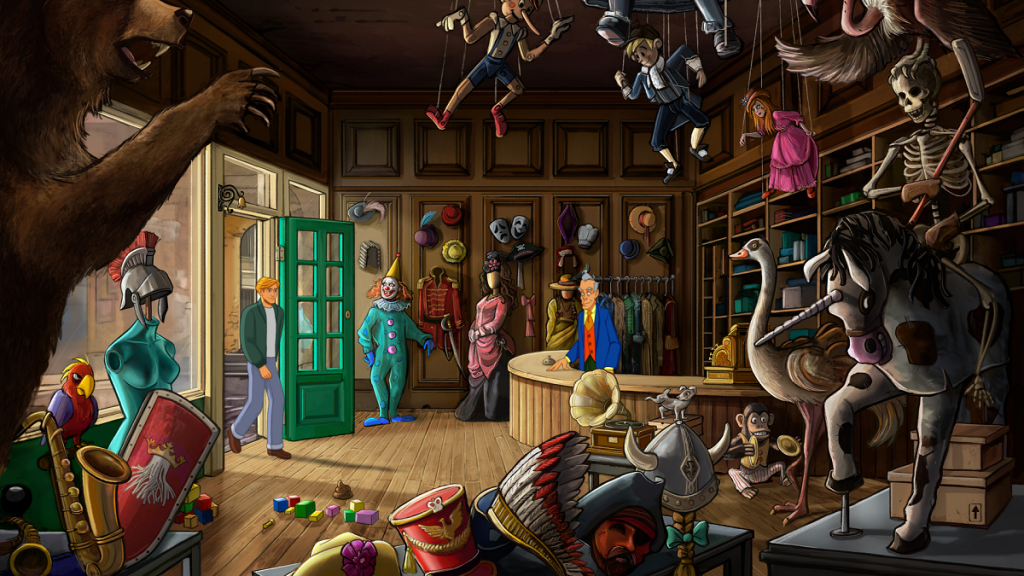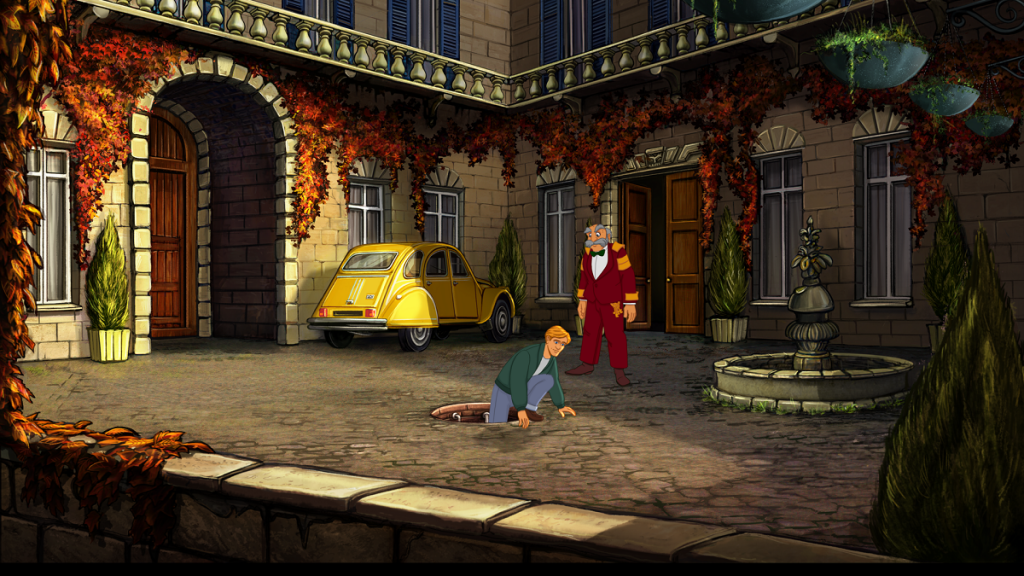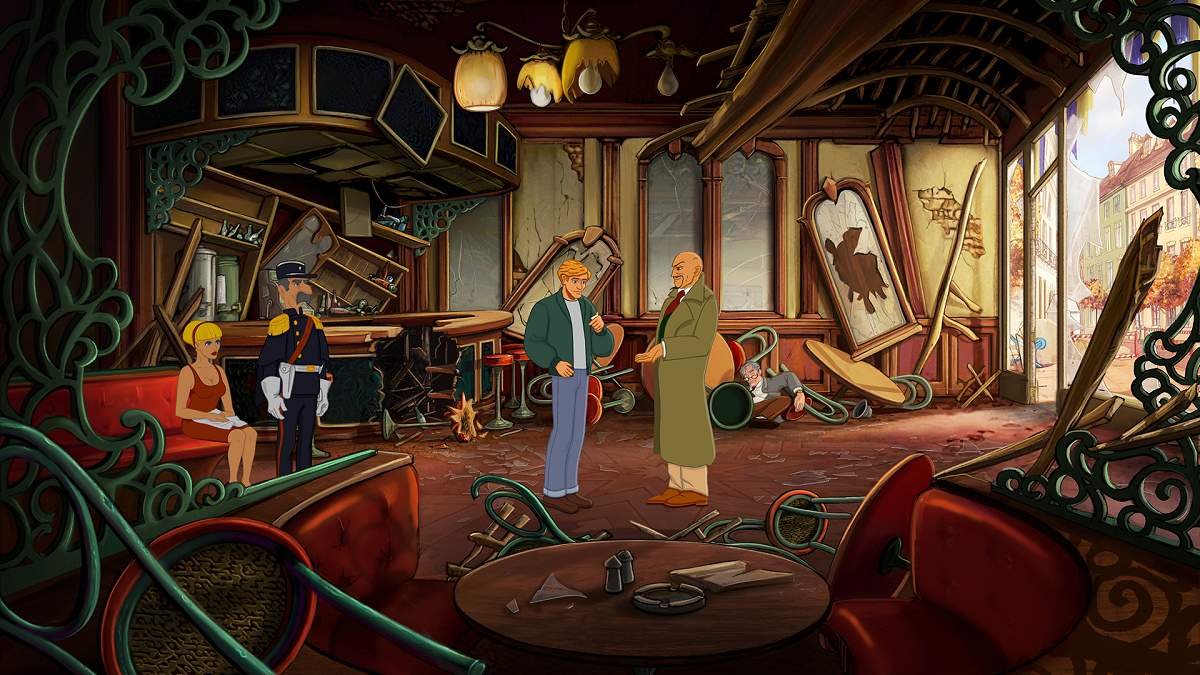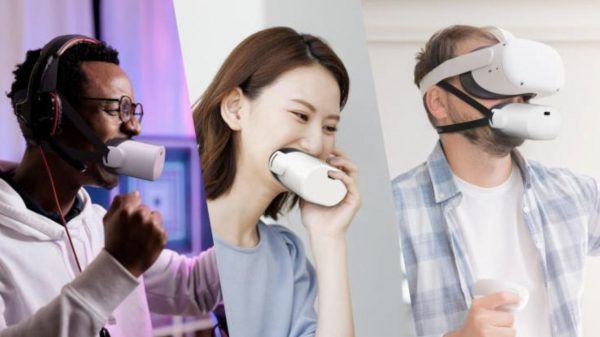The Broken Sword series of adventure games from the 1990s were some of the most popular in the genre. Created by Charles Cecil and his development team at Revolution Software in York, England, the stories had a peculiarly British flavour.
The company became popular after releasing the first in the series, Broken Sword: The Shadow of the Templars, in 1996 before publishers lost interest in point-and-click games, forcing Cecil to let his team go.
Now with a small team of six workers including freelancers, Cecil is seemingly rebuilding Revolution thanks to the advancement of technology, Kickstarter and online storefronts. With a sixth Broken Sword game now in development alongside a remaster of Shadow of the Templars, Cecil recently spoke with Polygon about using artificial intelligence as part of the development process.
Fans have hoped for Shadow of the Templars to be released on new gaming platforms for a while. However, Cecil knew that bringing it to those systems would be a huge task. The game has up to 30,000 hand-drawn pictures that would need to look better at 21st century resolutions – as he says, “30,000 times one hour, times, you know, £15 to £20 an hour, is an awful lot of money.”

AI to the rescue
The CEO and his team looked into training an AI that could help update the look of Broken Sword without altering the game’s unique style. “What I wanted to do was to recreate this game that everyone remembered and loved, but not change it except to enhance it,” he says.
At first, when they tried to make the backgrounds better, it didn’t go well. But luckily, Revolution still had the original drawings done by Hollywood animator Eoghan Cahill. So, they had real artists use those drawings to make it better.
For sprites, Revolution made ‘a few hundred’ by hand, according to Cecil. They brought these to the University of York where a team working on AI used them to train a Generative Adversarial Network (GAN). At first, Cercil said the result, “Wasn’t quite good enough.” Fortunately, an Nvidia engineer gave them a tip on how to use the AI to fill in the frames between the hand-drawn ones, and that really helped improve things.

Speeding up the process with AI
“Instead of taking an hour to do each one, it takes between five and 10 minutes,” Cecil says. “We’re training the model on our own sprites… What we’ve really focused on is the outlines and the detail in the body, because there’s no way that the hands and the head are going to [look right]. So we have to manually draw their hands and faces.”
With that in mind, they add the hands and head separately afterwards. The artists made sure to create facial expressions in more detail because the original drawings didn’t show them clearly.
“The ability to use AI on sprites is an absolute game changer,” Cecil says. “We just simply couldn’t afford to do it otherwise; it would be impossible. I share what reservations people have about AI. But in the case of sprites, it really is allowing really talented character artists and animators to take the original and mould it into something really special, rather than having to go through the drudgery of redrawing everything again.”
You can read the full interview on Polygon.
Isa Muhammad is a writer and video game journalist covering many aspects of entertainment media including the film industry. He's steadily writing his way to the sharp end of journalism and enjoys staying informed. If he's not reading, playing video games or catching up on his favourite TV series, then he's probably writing about them.






































